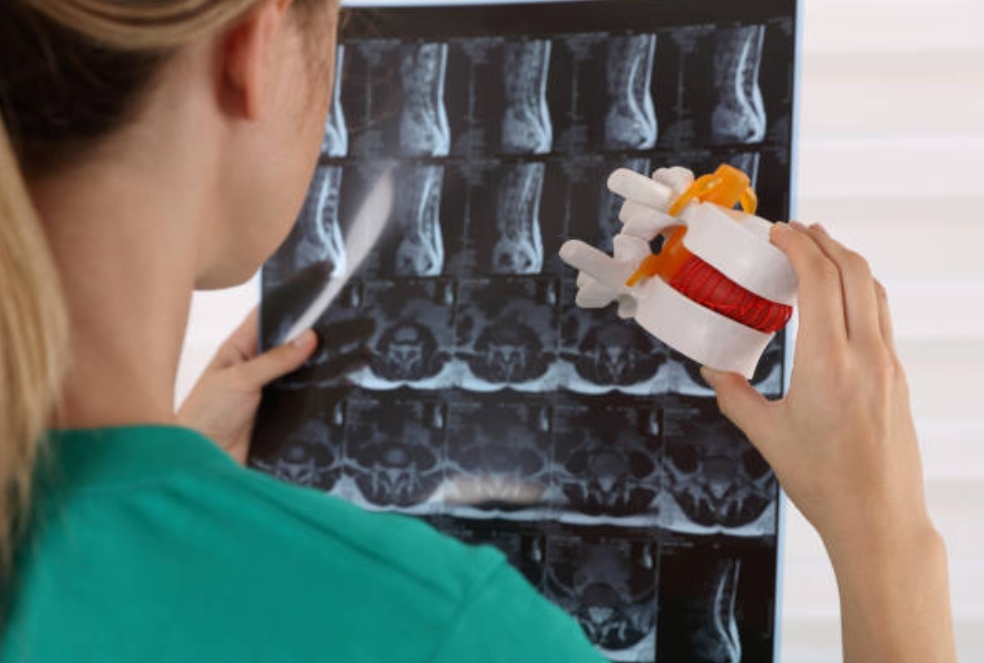In 2011, a groundbreaking study conducted by a Erginousakis, et. al., including Dimitrios Erginousakis and colleagues, has shed new light on the treatment of intervertebral disk herniation. The study meticulously compared the outcomes of conservative therapy and percutaneous disk decompression (PDD) in alleviating pain and enhancing mobility over short, intermediate, and long-term periods.
The research, approved by both a university ethics panel and an institutional review board, involved 62 patients suffering from sciatica due to intervertebral disk herniation. These patients were randomly assigned into two groups of 31 each. One group received conservative therapy, which included analgesics, anti-inflammatory drugs, muscle relaxants, and physiotherapy over a six-week period. The other group underwent a minimally invasive PDD procedure, guided by fluoroscopy.
Pain levels and mobility improvements were assessed using a numeric visual scale (NVS) ranging from 0 to 10, with follow-up evaluations conducted at 3, 12, and 24 months.
At the outset, the conservative therapy group reported a mean pain score of 6.9 NVS units (±1.9). After three months, this score significantly dropped to 0.9 NVS units (±2.0). However, the relief was not sustained; pain scores climbed back to 4.0 NVS units (±3.4) at both the 12- and 24-month marks.
In stark contrast, the PDD group began with a slightly higher mean pain score of 7.4 NVS units (±1.4). Following the PDD procedure, pain levels fell to 3.0 NVS units (±2.4) at the three-month follow-up. Remarkably, this improvement persisted, with scores decreasing further to 1.7 NVS units (±2.4) at 12 months and stabilizing at 1.6 NVS units (±2.5) at 24 months. Importantly, no complications were reported in the PDD group.
The results of this comparative study are clear: percutaneous disk decompression offers superior long-term relief from pain and improved mobility compared to traditional conservative treatments. Patients undergoing PDD experienced sustained benefits, making it a promising option for those suffering from intervertebral disk herniation. This study highlights the potential for PDD to become a preferred treatment modality, providing significant and lasting relief for patients.
Reference: Erginousakis, D., Filippiadis, D. K., Malagari, A., Kostakos, A., Brountzos, E., Kelekis, N. L., & Kelekis, A. (2011). Comparative prospective randomized study comparing conservative treatment and percutaneous disk decompression for treatment of intervertebral disk herniation. Radiology, 260(2), 487-493.
